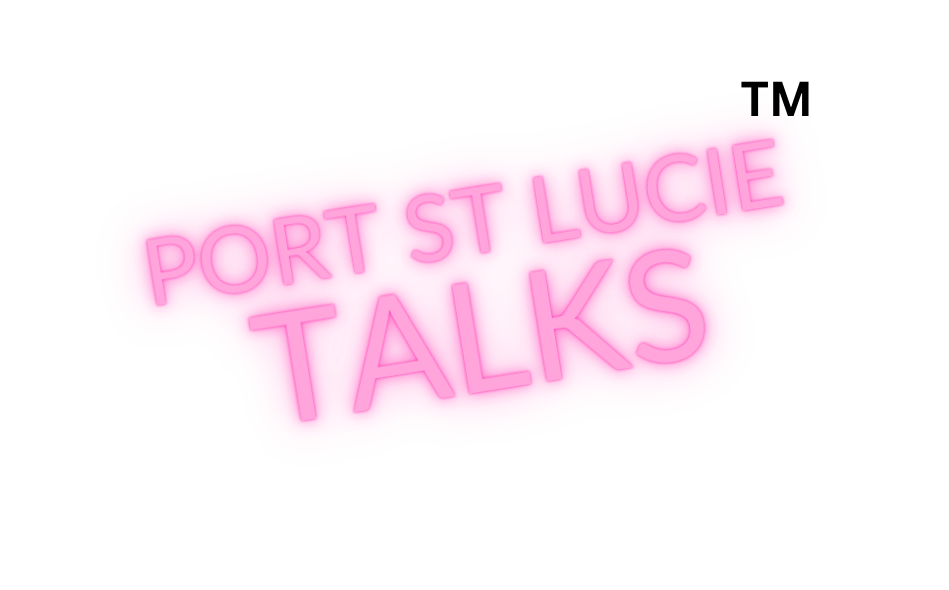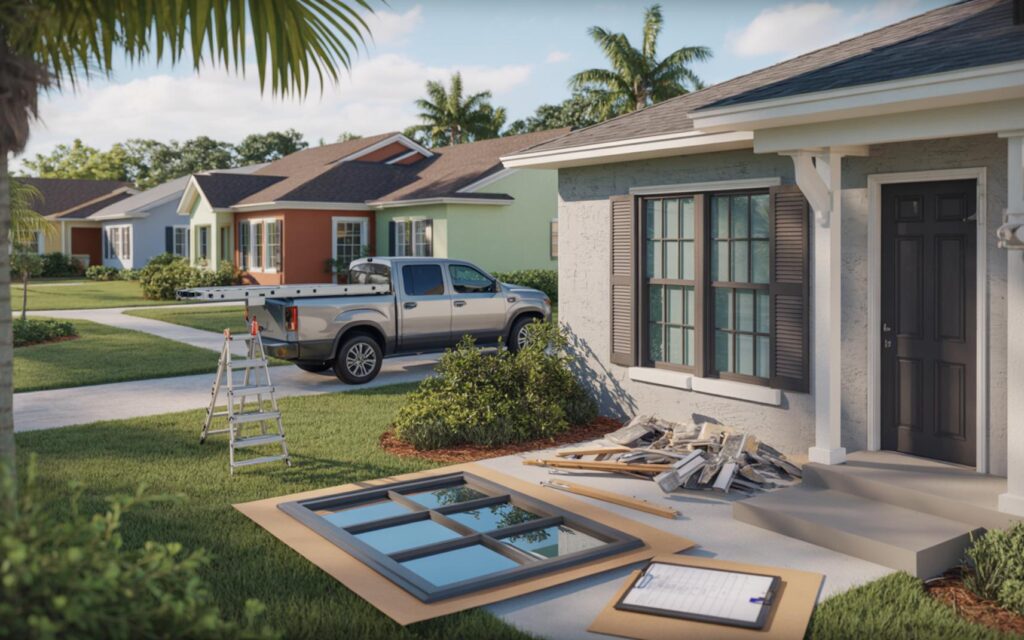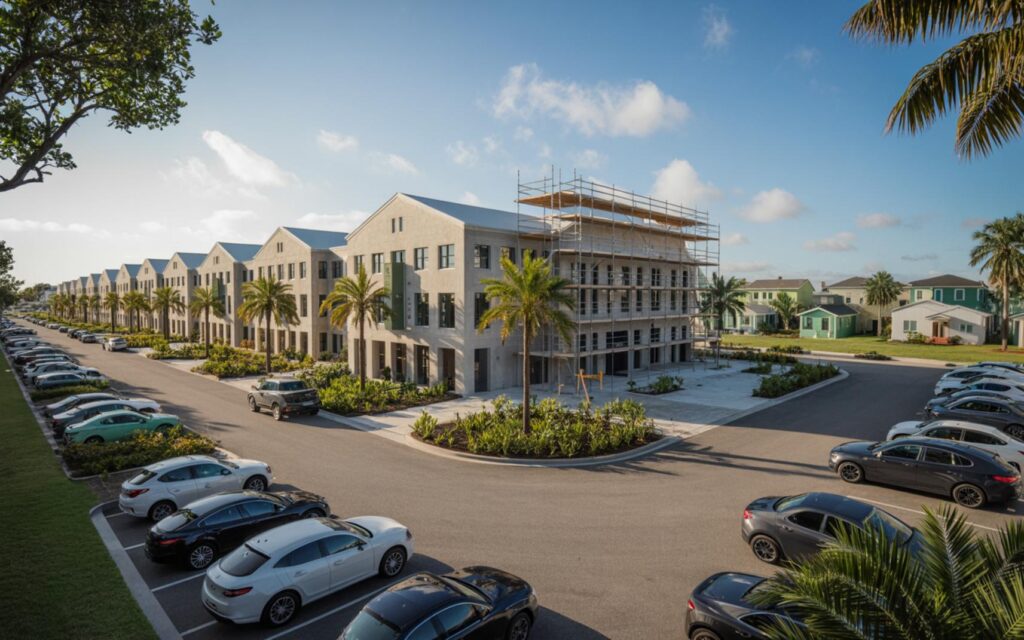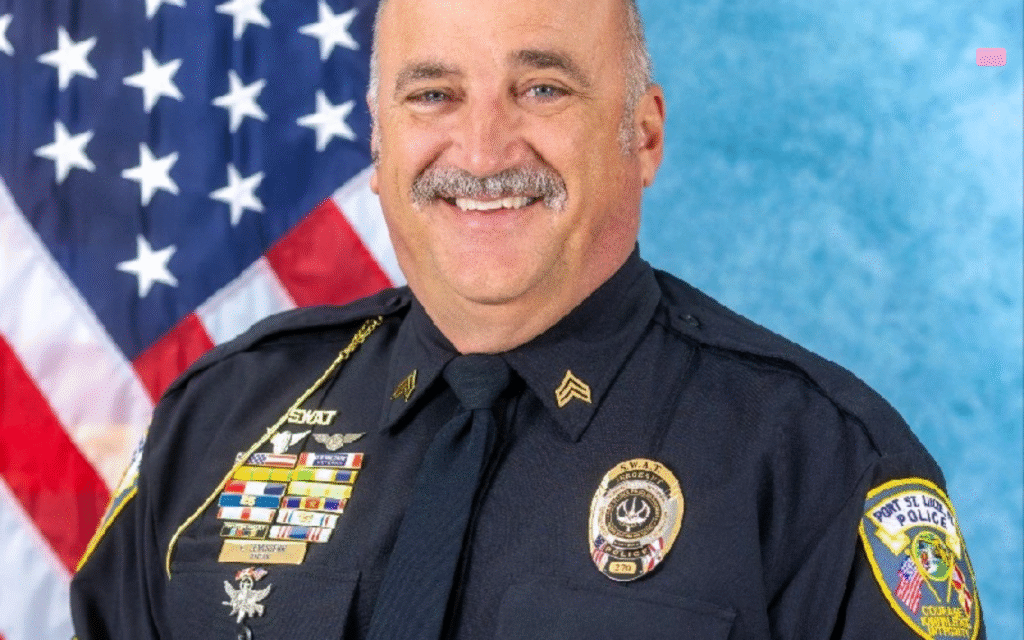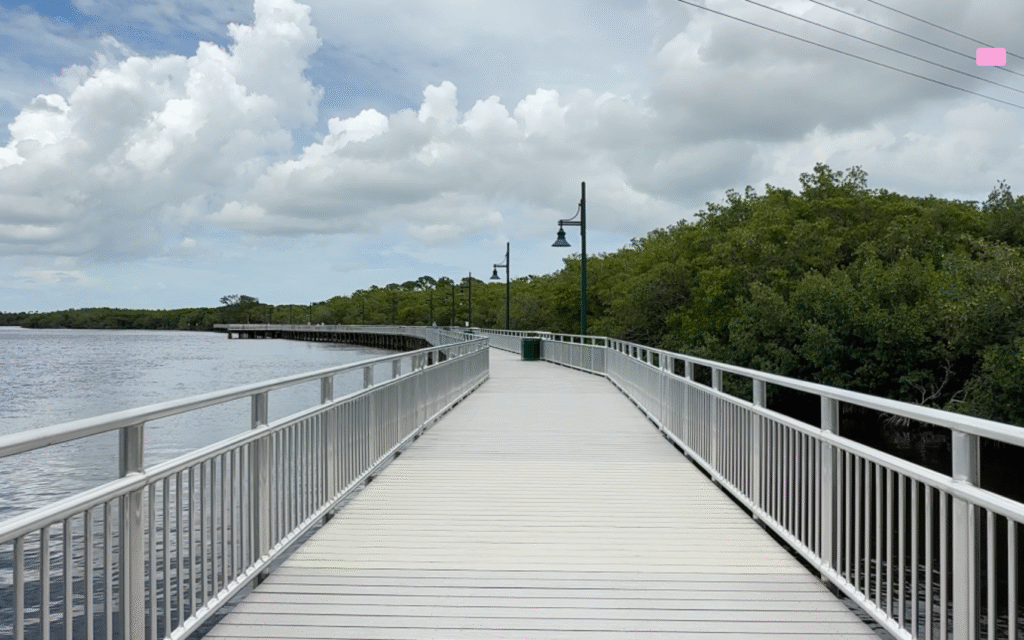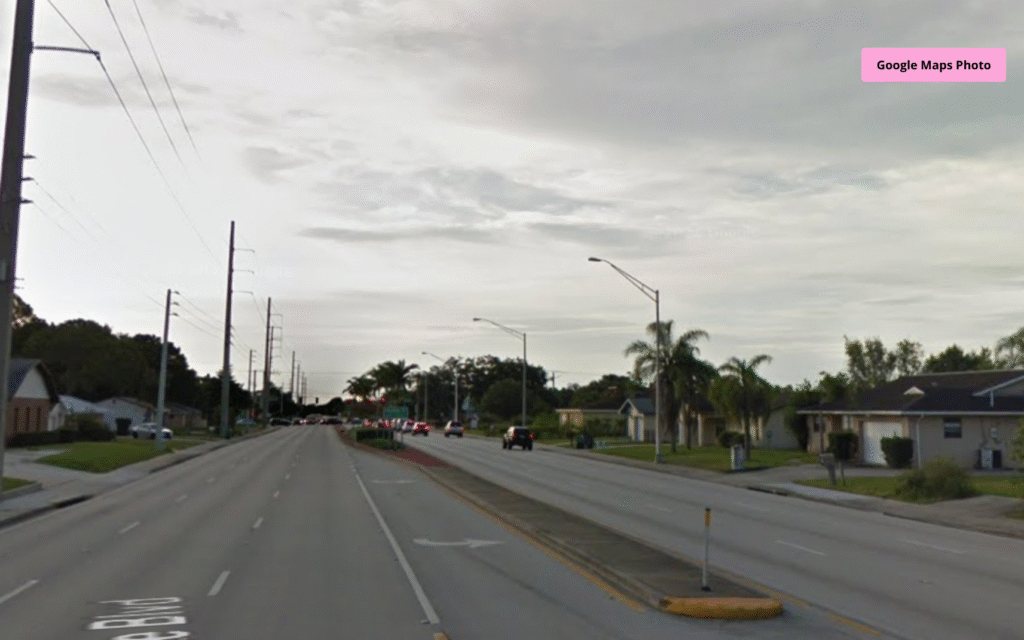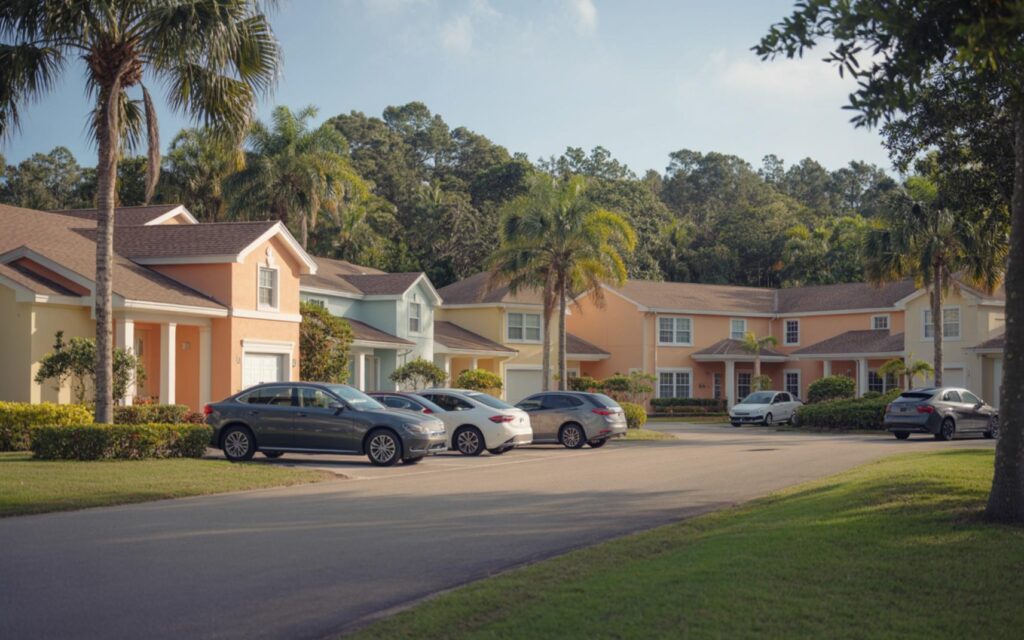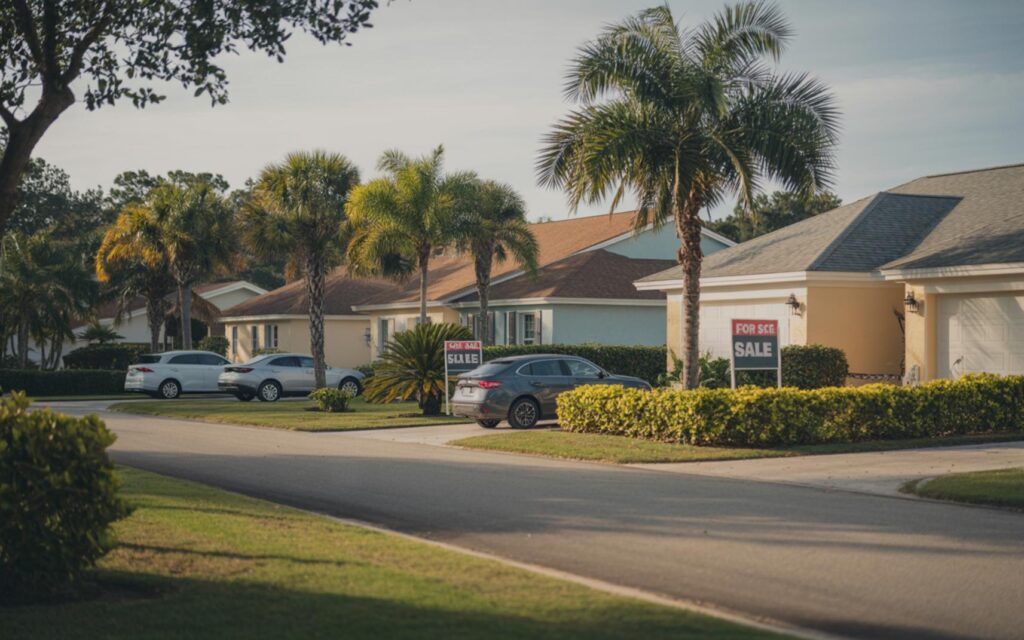The My Safe Florida Home program is designed to help Florida homeowners strengthen their properties against hurricanes, but some participants are finding that insurance bills may go up after state-funded upgrades. This issue has raised questions about the program’s impact on insurance premiums and the transparency of cost calculations, according to official reports and homeowner accounts.
How the My Safe Florida Home Program Works
The My Safe Florida Home program provides state funding for homeowners to install impact-resistant windows, doors, and other storm-resilient upgrades. The state covers up to two-thirds of the cost, with a maximum of $10,000 per household. The program was originally launched in 2006 and revived in 2022 to help reduce hurricane risk and potentially lower insurance premiums.
Florida officials promote the program as a way to both protect homes and save money on insurance. However, the actual effect on premiums remains unclear, as the state has not released comprehensive data on whether most participants see savings. In some cases, historic rate cuts for homeowners have been proposed by insurers, but these reductions are not always reflected in every policyholder’s experience.
Insurance Premiums After Upgrades: Mixed Results
Some homeowners, like Kendall Trosky of Tampa, report that their insurance premiums increased after making state-backed improvements. Trosky spent thousands on upgrades, expecting a discount, but saw her premium rise by $1,500 when her policy renewed, according to FOX 13 News.
According to insurance industry practices, replacement cost estimators are used to calculate the cost of rebuilding a home. These estimators, which insurers are not required to disclose, can push premiums higher after upgrades, even if the improvements are intended to reduce risk. This trend has occurred even as property insurance companies in Florida see profits surge in recent years.
Partial Upgrades May Not Qualify for Discounts
According to Jeff Brandes of the Florida Policy Project, insurers often require all windows or doors to be replaced to qualify for wind mitigation discounts. “They weren’t providing a discount for just getting a third of your windows done. They needed to see all of the windows done,” Brandes said. As a result, some homeowners may not receive the expected premium reductions if only part of the home is upgraded.
Lack of Transparency in Replacement Cost Calculations
One of the main concerns is the lack of transparency in how insurers calculate replacement costs. In 2021, Florida lawmakers passed a statute banning the disclosure of replacement cost calculations for lending purposes. This change makes it more difficult for homeowners and lenders to understand how upgrades affect insurance rates.
According to FOX 13 News, insurance companies are not legally required to share their replacement cost models. This lack of disclosure leaves homeowners uncertain about how their premiums are determined after making improvements through the My Safe Florida Home program. These challenges are further complicated by ongoing Florida condo insurance challenges, roof inspections, and policy cancellations that affect the broader insurance market.
Limited Options for Homeowners
Many Florida homeowners have been moved from Citizens Insurance, the state-backed insurer of last resort, into private “takeout” companies. For these policyholders, shopping around for lower rates is often not an option. As a result, families may end up paying more for insurance despite making state-funded upgrades intended to reduce costs.
State Data and Oversight Remain Limited
Despite claims from state officials that the program helps lower premiums, there is little public data to verify these outcomes. According to FOX 13 News, requests for information from the office of Governor Ron DeSantis and the Florida Department of Financial Services have not produced data showing whether most participants actually save money on insurance.
Governor DeSantis has stated, “When people do that (My Safe Florida Home upgrades), more often than not, they get a decrease in their insurance premiums.” However, without transparent data or recent audits, the effectiveness of the program remains uncertain.
Audit and Oversight Concerns
The last audit of the My Safe Florida Home program was conducted in 2010. According to Jeff Brandes, “This program hasn’t been audited in the last 15 years. Nobody knows how well the program is doing or if it’s effective at all.” The program is highly popular and oversubscribed each year, but independent evaluation is lacking.
Lawmakers may face pressure to increase transparency and require updated audits to ensure the program delivers on its promises.
Possible Changes and Policy Proposals
Some policymakers have suggested changes to the My Safe Florida Home program. Former Senator Jeff Brandes has proposed phasing out taxpayer grants and replacing them with a sales-tax break on storm upgrades. This approach could shift the focus from direct subsidies to tax incentives, but no legislative action has been taken yet.
FOX 13 News reported that data requests have been submitted to the Florida Department of Financial Services to verify savings claims. As of September 12, 2025, no response has been received. Details may be updated as the investigation continues.
Frequently Asked Questions About My Safe Florida Home
What is the My Safe Florida Home program?
The My Safe Florida Home program is a state-funded initiative that helps homeowners pay for storm-resilient upgrades like impact-resistant windows and doors. It aims to reduce hurricane risk and may lower insurance premiums.
How much can homeowners receive from the My Safe Florida Home program?
Homeowners can receive up to two-thirds of the cost of eligible upgrades, with a maximum of $10,000 per household, according to official program guidelines.
Are insurance premiums guaranteed to go down after upgrades?
No, insurance premiums are not guaranteed to decrease after making upgrades through the My Safe Florida Home program. Some homeowners have reported higher premiums due to changes in replacement cost calculations.
Can you qualify for wind mitigation discounts with partial upgrades?
According to insurance experts, most insurers require all windows or doors to be replaced to qualify for wind mitigation discounts. Partial upgrades may not result in premium reductions.
Where are My Safe Florida Home grants available?
The My Safe Florida Home program is available throughout Florida for eligible homeowners. It is not limited to specific cities or counties.
For more information, see official updates from the Florida Department of Financial Services and recent coverage by FOX 13 News.
Port St Lucie Talks
